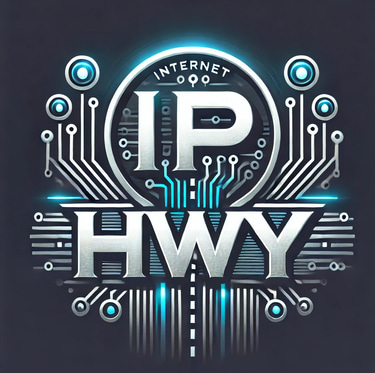The Death of SaaS
How AI Agents Are Poised to Replace Traditional Software
Jim Leone
5/28/20252 min read
The Death of SaaS.... How AI Agents Are Poised to Replace Traditional Software
For over two decades, Software-as-a-Service (SaaS) has been the dominant force in digital transformation. From Salesforce to ServiceNow, companies have built their operations around cloud-hosted applications that deliver business functionality over the web. But if recent comments by Microsoft CEO Satya Nadella are any indication, we may be witnessing the beginning of the end for traditional SaaS as we know it.
“It’s All CRUD” ... The Blunt Truth Behind SaaS Apps
In a bold but telling statement, Nadella recently described most SaaS platforms as “just CRUD apps with a bit of business logic on top.” He’s not wrong.
CRUD, short for Create, Read, Update, and Delete, is the foundational model for how most applications interact with data. Whether it’s a CRM, HR portal, ticketing system, or ERP platform, most enterprise SaaS tools boil down to data entry, filtering, and workflow automation. And that’s precisely where Nadella sees AI agents stepping in.
The Rise of Autonomous Agents
Instead of using point-and-click SaaS platforms, Nadella envisions a future where businesses deploy intelligent agents, AI-driven digital workers that can take natural-language instructions and carry out multi-step business tasks autonomously.
Imagine this:
“Draft and send a renewal offer to any customer whose usage is down 30% in the last quarter.”
Instead of logging into multiple dashboards, downloading reports, manually preparing outreach, and involving a sales rep, an AI agent does it all, in seconds.
Agents are:
Context-aware
Data-connected
Continuously learning
Integrated across systems, not siloed in apps
This isn’t just about a better UI. It’s a fundamental architectural shift.
SaaS is the Interface. Agents Are the Infrastructure.
If agents are capable of understanding intent, accessing real-time data, and automating business outcomes, then what happens to SaaS? It becomes the back end, or worse, irrelevant.
Agents can:
Pull data from databases directly
Apply policies and workflows on the fly
Communicate across APIs or RAG (Retrieval Augmented Generation) frameworks
Operate autonomously or via conversational input
SaaS becomes a legacy front-end construct, crutch for human interaction. In the age of AI agents, humans may no longer need dashboards, let alone logins.
The End of SaaS Monopolies?
For years, SaaS companies have built moats by owning the interface and locking in data. But agents don't care about interfaces. They care about access. As open AI ecosystems mature, the winner may no longer be the one with the best UI, but the one with the best agents, models, and real-time interoperability.
This means:
Vendor lock-in loses power
Open standards gain importance
Interoperability becomes the new value prop
“App fatigue” finally disappears
What This Means for IT and Security Leaders
This shift won’t happen overnight, but it’s accelerating fast. Nadella’s remarks are not just visionary; they’re directional. Microsoft is heavily investing in Copilot-like experiences across its stack, with integrations that blur the lines between apps and autonomous logic.
Security and IT leaders must prepare for:
AI governance replacing SaaS governance
RBAC evolving into Agent Behavior Control
Monitoring and logging agent actions, not just user activity
New models of data access control, per agent, per task
From SaaS to “Services as Sentience”
The death of SaaS isn’t about software vanishing. It’s about a radical transformation in how business logic is executed. Instead of fixed workflows in static apps, we’re moving toward dynamic, goal-driven AI agents that operate across environments.
Satya Nadella’s blunt truth might sting for some vendors. But for those watching closely, it's the clearest signal yet: the age of SaaS is ending, and the age of autonomous agents has begun.
The IP HighWay
Stay updated with the latest IT security news.
info@iphwy.com
© 2025. IPHwy LLC. All rights reserved.



